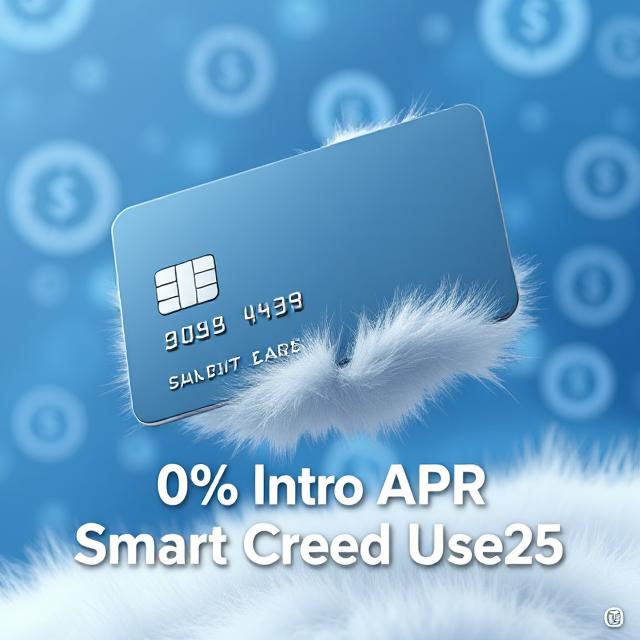Understanding your vehicle’s Actual Cash Value (ACV) is critical when filing an insurance claim, selling, or refinancing. Insurers use proprietary formulas to calculate ACV, but knowing how it works empowers you to negotiate fair payouts.
Why ACV Matters in a Total Loss Claim
If repair costs exceed your car’s value, insurers declare it a total loss and pay only the ACV—not replacement cost. This often leaves owners of older cars undercompensated.
How to Challenge a Low ACV Offer
-
Gather proof of condition (maintenance records, upgrades).
-
Get an independent appraisal (crucial for rare/classic cars).
-
Negotiate or escalate if the insurer undervalues your car.
How Insurers Calculate ACV
ACV = Replacement Cost – Depreciation. Key factors include:
✔ Make, model, and age (2020 vs. 2010 models differ drastically).
✔ Mileage (high mileage = faster depreciation).
✔ Condition (accidents, rust, interior wear reduce value).
✔ Local market trends (demand for used SUVs vs. sedans).
Replacement Cost vs. ACV Coverage
-
Standard policies pay ACV (lower payout).
-
Replacement cost coverage pays for a comparable new model (higher premiums).
How to Find Your Car’s True Value
Before accepting an insurer’s offer, verify your car’s worth:
1. Use Trusted Valuation Tools
-
Kelley Blue Book (KBB) – Best for private sales.
-
Edmunds – Accurate dealer trade-in estimates.
-
NADA Guides – Used by lenders and insurers.
2. Compare Local Listings
Check Facebook Marketplace, Autotrader, and Craigslist for similar cars in your area. Adjust for differences in mileage and condition.
3. Assess Your Car’s Condition
-
Minor wear (scratches, small dents) = 5–10% value drop.
-
Major damage (frame issues, flood history) = 30–50% loss.
4 Key Types of Car Values
| Type | Definition | When It’s Used |
|---|---|---|
| Trade-In Value | What dealers offer (lowest value). | Selling to a dealership. |
| Private Party Value | Selling directly to a buyer (higher profit). | Facebook, Craigslist sales. |
| Dealer Retail Value | Price after dealer repairs & markup. | Buying from a lot. |
| Certified Pre-Owned | Inspected, warrantied (highest resale). | Luxury/used cars. |
Negotiating with Insurance After an Accident
Insurers often lowball ACV offers. Fight back with:
✅ Third-party appraisals (counter their estimate).
✅ Proof of upgrades (new tires, premium sound system).
✅ Market comparisons (show similar cars priced higher).
If They Refuse: Escalate to a supervisor or public adjuster.
Final Checklist Before Accepting a Payout
🔹 Get 3+ valuations (KBB, Edmunds, NADA).
🔹 Document pre-accident condition (photos, service records).
🔹 Push for replacement cost if you have coverage.
Need a Quick Estimate?
Key Takeaway
Your car’s ACV determines insurance payouts. By verifying your car’s worth and negotiating strategically, you can avoid being shortchanged.


